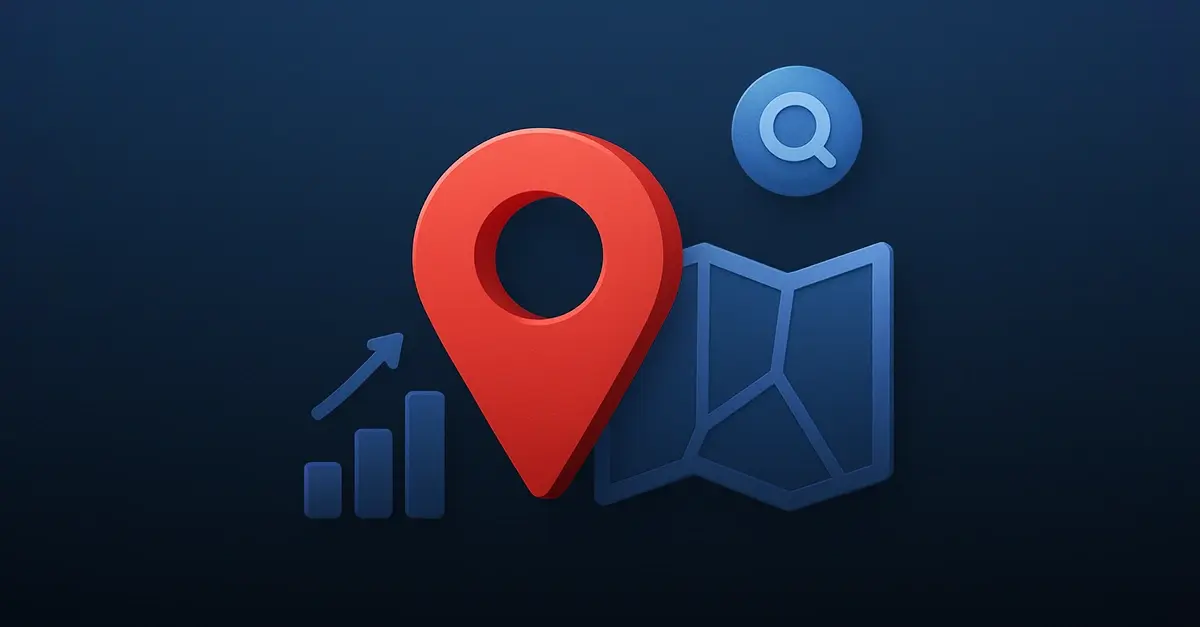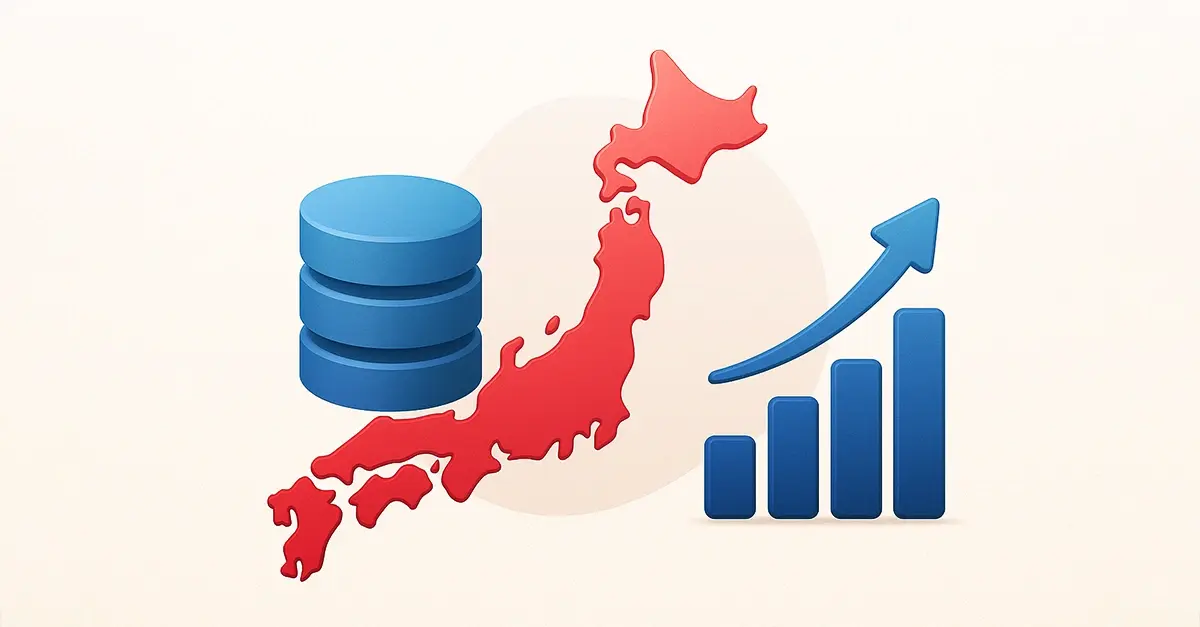Technographic data gives B2B teams visibility into the tools, platforms, and infrastructure their target accounts are using. But knowing a company runs Salesforce or lacks a customer data platform is only valuable if that insight translates into action.
This blog outlines five proven technographic use cases that go beyond enrichment. These are real plays that revenue teams use to prioritize accounts, route leads more efficiently, personalize campaigns, and uncover whitespace in their markets. Each one is based on how structured, verified technographic data is applied inside real workflows. Not just theoretically, but in daily operations.
If your organization is investing in smarter segmentation, cleaner CRM workflows, or higher-performing outbound programs, these use cases can help turn raw data into results.
1. Segment and Prioritize by Tech Adoption
Technographic data makes it possible to group accounts by the technologies they currently use, rather than relying only on firmographics like industry or revenue. This gives marketers and RevOps teams a way to prioritize high-fit accounts based on tech compatibility, integration potential, or clear solution gaps.
For example, a demand generation team promoting a platform that integrates with Shopify wants to run a LinkedIn campaign. Instead of targeting all retail companies, they narrow their audience to businesses that use Shopify but do not yet have a connected email automation tool. This segment is far more likely to convert, and the messaging can speak directly to the integration value.
This approach improves campaign relevance, lowers acquisition costs, and helps go-to-market teams focus resources where they are most likely to see results.
Use technographic segmentation to answer questions like:
- Which accounts use tools we integrate with?
- Which companies are missing a solution we provide?
- Where can we deliver value based on a clear gap in the stack?
Tech-driven segmentation replaces guesswork with precision, improving targeting across email, paid media, and outbound sales.
2. Route Leads Based on Stack Fit
When inbound leads come in, fast and accurate routing can make the difference between a closed deal and a missed opportunity. Technographic data helps go-to-market teams assign leads to the right people by understanding the tools each prospect is already using.
Imagine an SDR team fielding demo requests from companies powered by Salesforce, Pipedrive, or bespoke CRM tools. Rather than treating all leads equally, they use technographic enrichment to identify which CRM each company uses. Salesforce accounts get routed to an enterprise rep with deep knowledge of that ecosystem. Pipedrive accounts are assigned to an SMB-focused team. Custom stack users are flagged for technical discovery before a rep engages.
This approach ensures that reps are matched with leads where they have the most context and impact. It also helps prioritize accounts that align with existing integrations, onboarding models, or product tiers.
Teams using technographics for lead routing benefit from:
- Faster response times
- More relevant conversations from the first touch
- Better handoff between marketing, SDRs, and AEs
By aligning routing with tech fit, teams avoid one-size-fits-all assignments and reduce friction in the buying process.
3. Suppress Unqualified or Redundant Accounts
Technographic data is just as useful for exclusion as it is for targeting. Suppressing accounts that are unlikely to convert, already using a competitor, or running incompatible stacks can protect deliverability, reduce wasted spend, and improve campaign performance.
Consider a RevOps team overseeing outbound email efforts. To reduce wasted effort, they use technographic data to filter out accounts already running HubSpot Marketing Hub. They also exclude companies with deeply customized internal systems that historically show low conversion rates.
This use case helps teams maintain clean, focused outreach lists and avoid damaging their sender reputation by engaging the wrong companies.
Use suppression logic to:
- Exclude current users of a competitor’s platform
- Remove accounts with outdated or incompatible stacks
- Prevent outreach to companies that are disqualified based on product fit
When applied consistently, suppression driven by technographics saves time, improves win rates, and keeps your brand reputation strong.
4. Accelerate Pipeline With Stack-Aware Messaging
Personalization is more effective when it reflects what a prospect is already using. Technographic data gives sales teams the context they need to tailor discovery questions, position the right features, and create urgency based on gaps in the prospect’s stack.
Imagine an account executive preparing for a first call with a mid-market prospect. By reviewing the company’s tech profile, they learn that the account uses Google Analytics but has no customer data platform in place. Instead of starting with generic discovery, the AE opens with a focused conversation around data fragmentation and marketing performance.
This approach shortens discovery, avoids irrelevant pitches, and connects the product’s value directly to the prospect’s environment.
Teams can use technographic data to:
- Highlight missing tools or outdated systems as pain points
- Frame integrations as accelerators, not afterthoughts
- Guide conversation paths based on stack maturity
Stack-aware messaging leads to more relevant demos, fewer objections, and faster movement through the pipeline.
5. Identify Regional Whitespace and Expansion Plays
Technographic data is not just for targeting individual accounts. It can also reveal patterns across markets, helping strategy and operations teams identify regions or segments that are underpenetrated by specific technologies.
For example, a go-to-market strategy team analyzes technographic adoption across mid-size manufacturing companies in Europe. They discover that adoption of modern HR software is strong in France and the Netherlands, but significantly lower in Germany and Austria. Based on this insight, they prioritize budget and headcount in regions with more whitespace and less direct competition.
This type of analysis allows teams to direct resources based on market maturity, competitive presence, and solution readiness. It also informs localized messaging by highlighting regional tech gaps or trends.
Use regional technographic analysis to:
- Map total addressable market by product compatibility
- Guide territory planning and resource allocation
- Spot underserved segments for expansion plays
By zooming out from account-level signals to macro patterns, teams can uncover hidden growth opportunities with a higher chance of success.
Conclusion
Technographic data creates real value when it is applied with purpose. From smarter segmentation to pipeline acceleration, the use cases covered here show how B2B teams are turning raw technology signals into measurable outcomes.
Each use case reinforces a broader shift in how go-to-market teams prioritize, personalize, and operate. Rather than guessing at product fit or wasting effort on low-probability accounts, teams can focus on what the data confirms, who is ready, who is not, and where to act first.
To explore how technographic intelligence fits into segmentation, targeting, or territory planning, visit our technographic data overview.






Comments